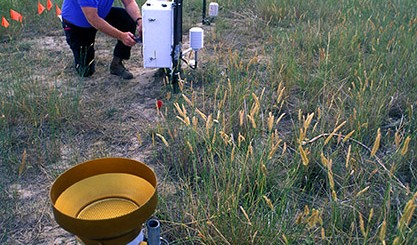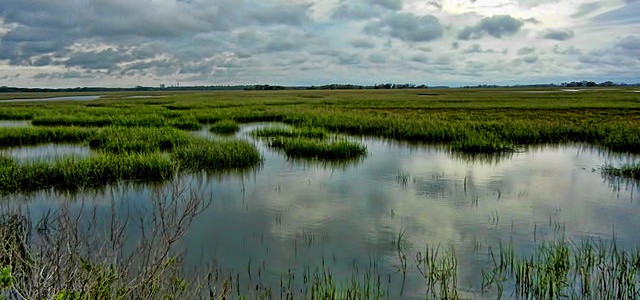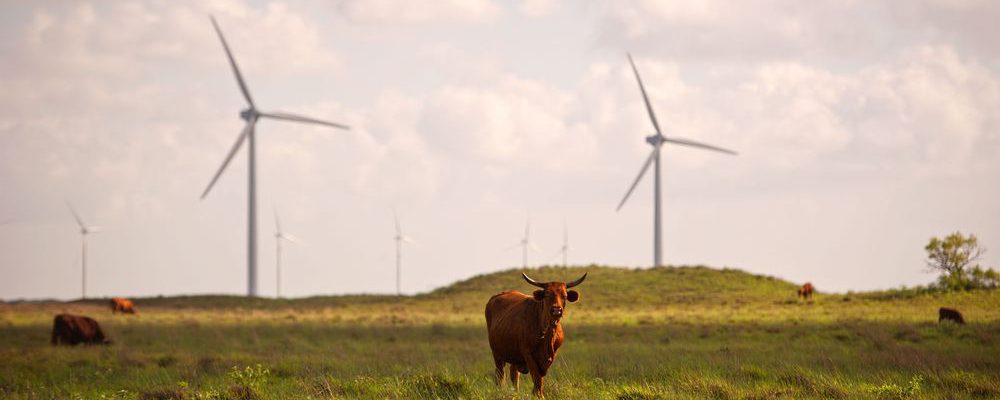Climate science
-

I was interested to read this Physics Today article about how plants that are being affected by drought can actually change the composition of the atmosphere around them. When they are feeling the effects of drought, the plants close their stomata to decrease water loss. This reduces the amount of carbon dioxide that is used.…
-

Do you know the difference between weather and climate? You’d be surprised by how many people are confused. There are a variety of analogies that I use to describe the difference between the two. Here are some that might work for you: Climate is the clothes in your closet; weather is what you put on…
-

Earlier this weekend I posted a story about the impacts of rising sea level on water supplies in Miami. This week’s question from the Georgia Climate Project Roadmap addresses how rising sea level will affect coastal Georgia. This will include not only water supplies along the coast, but livelihoods of those who catch crab and…
-

The New York Times has an interesting interactive web site which shows you how many days per year your hometown is above 90 F now and how that is likely to change over time. It also compared your hometown to other parts of the world, many of which will feel a lot more heat than…
Posted in: Climate science -

Today is the last day of meteorological summer. Some folks have asked me whether there is any relationship between summer conditions and fall ones. In the Southeast, the answer is “not much”. There is a positive correlation, so that warmer than average summers do trend towards warmer than average falls, but it’s not strong. You…
-

The North Central Region Water Network has a recording of a recent webinar on wind energy and its impact on rural communities available on YouTube. While this webinar is focused on Michigan, it has good lessons for rural communities in other parts of the country as well. The Southeast is not a big producer of…
-

If you’ve ever wondered how the global average temperature is calculated, especially considering that we don’t have surface temperature observations at many point on the globe (especially the poles), then this article is for you. The Climate Lab Book blog from the U. K., provides an excellent scientific overview of how a global mean temperature…